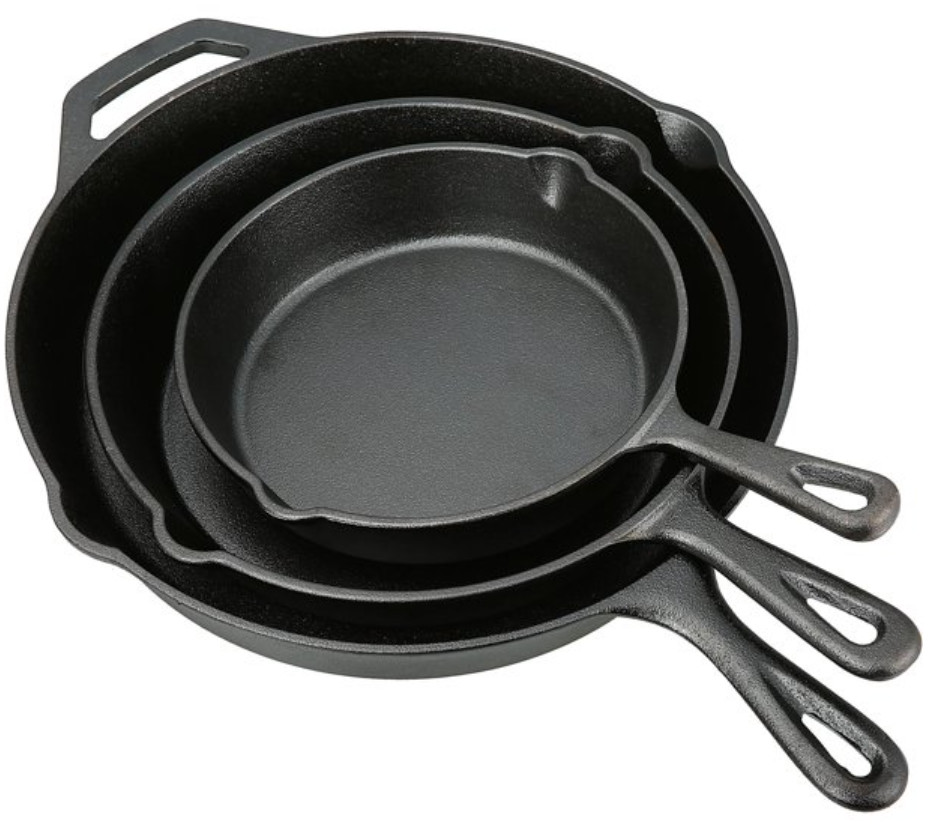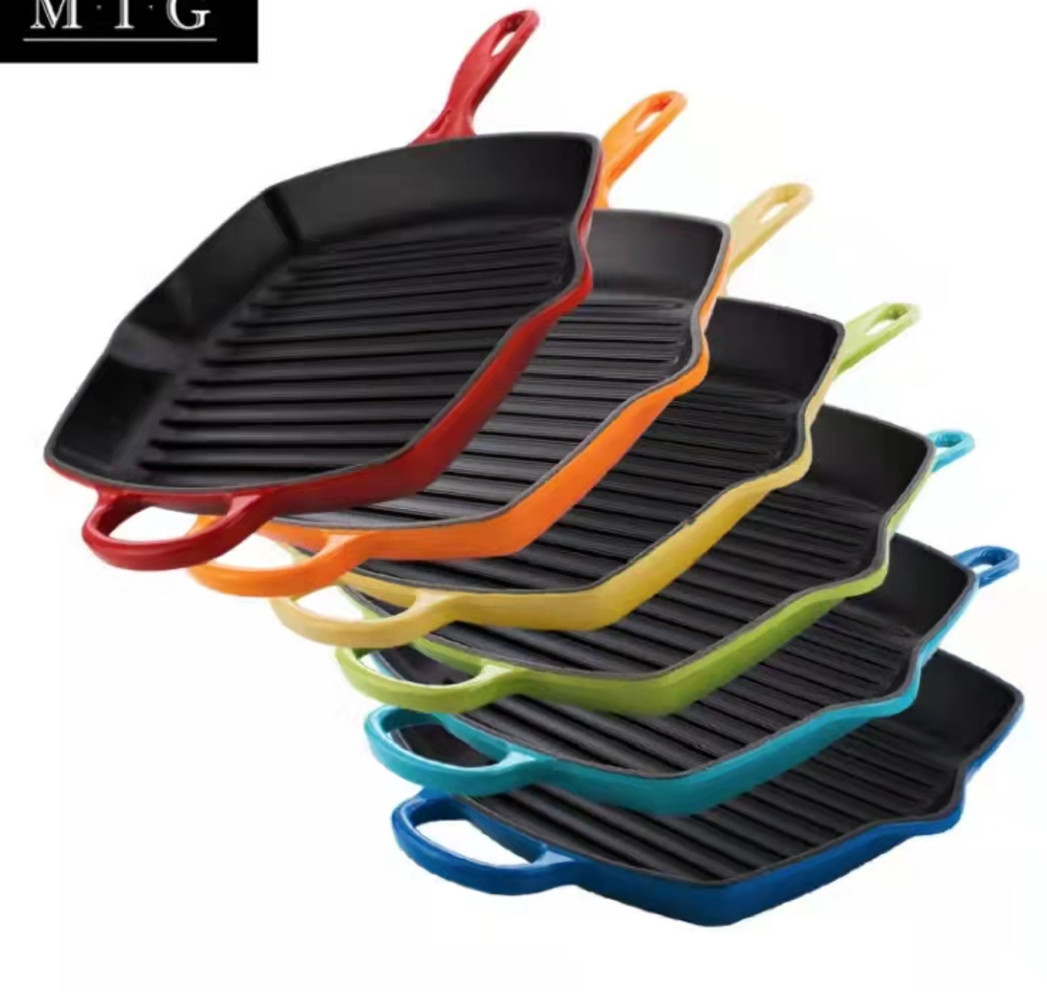- 150m 'l isfel, Triq il-Punent ta' DingWei, Nanlou Village, Changan Town, GaoCheng Area, Shijiazhuang, Hebei, iċ-Ċina
- monica@foundryasia.com
Ġunju. 12, 2023 18:48 Lura għal-lista
X'INHU OĠĠETTI TAL-ĦADID FUQ
X'inhu l-partikolari tal-ħadid fondut:
Partikolari tal-ħadid fondut huwa partikolari oġġetti heavy-duty li huwa magħmul minn ħadid fondut huwa vvalutat għaż-żamma tas-sħana tiegħu, id-durabilità, il-kapaċità li jintuża f'temperaturi għoljin ħafna, u tisjir li ma jwaħħalx meta mħawwar sew.
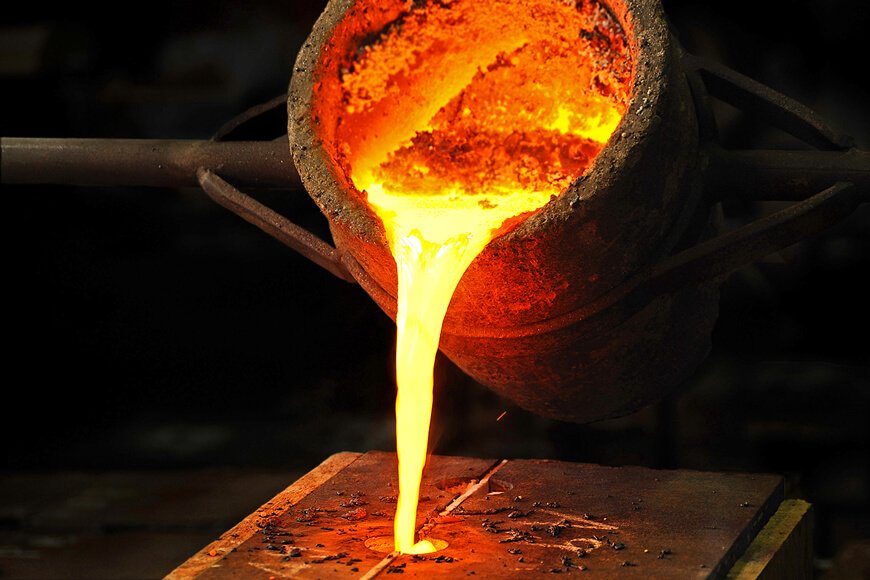
Storja ta 'partikolari tal-ħadid fondut
In Asia, particularly China, India, Korea and Japan, there is a long history of cooking with cast iron vessels. The first mention of a cast-iron kettle in English appeared in 679 or 680, though this wasn't the first use of metal vessels for cooking. The term pot came into use in 1180. Both terms referred to a vessel capable of withstanding the direct heat of a fire. Cast-iron cauldrons and cooking pots were valued as kitchen items for their durability and their ability to retain heat evenly, thus improving the quality of cooked meals.
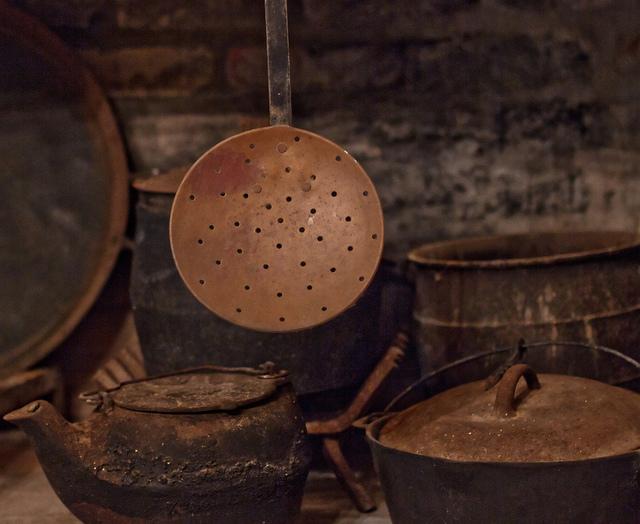
Fl-Ewropa u fl-Istati Uniti, qabel l-introduzzjoni tal-fuklar tal-kċina f'nofs is-seklu 19, l-ikliet kienu msajra fil-fuklar, u qsari u twaġen tat-tisjir kienu jew iddisinjati għall-użu fil-fuklar, jew biex jiġu sospiżi fih.
Cast-iron pots were made with handles to allow them to be hung over a fire, or with legs so that they could stand in the coals. In addition to Dutch ovens with three or four feet, which Abraham Darby I secured a patent in 1708 to produce, a commonly used cast-iron cooking pan called a spider had a handle and three legs allowing it to stand upright over campfires as well as in the coals and ashes of a fireplace.
Qsari u twaġen tat-tisjir b'qiegħ bla saqajn u ċatti bdew jintużaw meta l-istufi tat-tisjir saru popolari; dan il-perjodu tal-aħħar tas-seklu 19 ra l-introduzzjoni tal-flat
cast-iron skillet.
Il-partikolari tal-ħadid fondut kienu popolari b'mod speċjali fost dawk li jagħmlu d-dar matul l-ewwel nofs tas-seklu 20. Kien partikolari oġġetti irħas, iżda dejjiema. Ħafna mid-djar Amerikani kellhom mill-inqas taġen tat-tisjir tal-ħadid fondut.
Is-seklu 20 ra wkoll l-introduzzjoni u l-popolarizzazzjoni ta 'partikolari tal-ħadid fondut miksija bl-enamel.
Today, of the large selection of cookware that can be purchased from kitchen suppliers, cast iron comprises only a small fraction. However, the durability and reliability of cast iron as a cooking tool has ensured its survival. Cast-iron pots and pans from the 19th and 20th century continue to see daily use to the present day. They are also highly sought after by antique collectors and dealers. Cast iron has also seen a resurgence of its popularity in specialty markets. Through cooking shows, celebrity chefs have brought renewed attention to traditional cooking methods, especially the use of cast iron.
Prodotti essenzjali
Tipi ta 'oġġetti tal-kċina tal-ħadid fondut jinkludu twaġen, fran Olandiżi, griddles, waffles irons, panini press, deep fryers, woks, fondu u potjies.
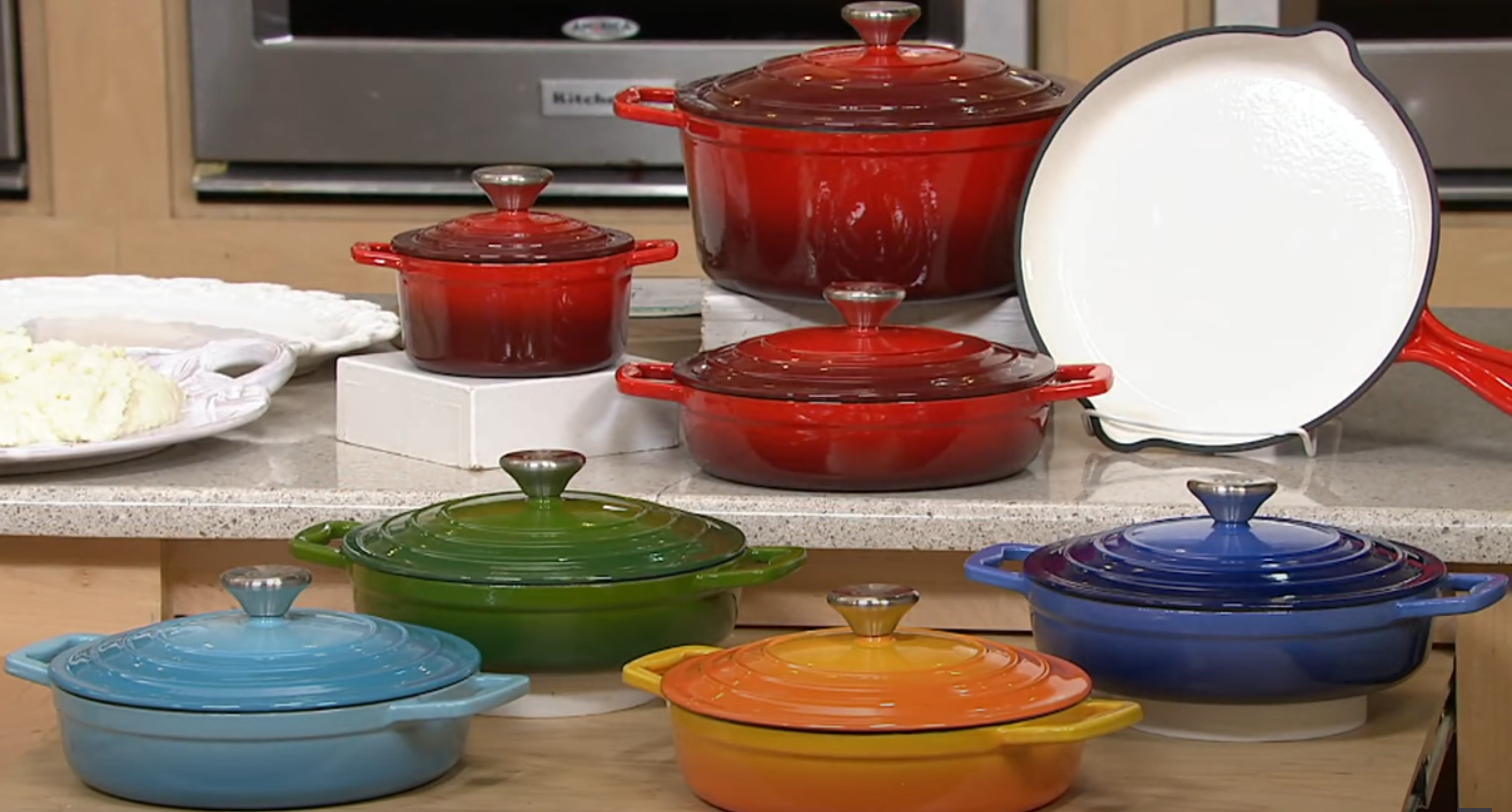
Benefiċċji ta 'partikolari tal-ħadid fondut
Cast iron's ability to withstand and maintain very high cooking temperatures makes it a common choice for searing or frying, and its excellent heat retention makes it a good option for long-cooking stews or braised dishes.
Because cast-iron skillets can develop a "non-stick" surface when cared for properly, they are excellent for frying potatoes or preparing stir-fries. Some cooks consider cast iron a good choice for egg dishes, while others feel the iron adds an off-flavor to eggs. Other uses of cast-iron pans include baking, for instance for making cornbread, cobblers and cakes.
Many recipes call for the use of a cast-iron skillet or pot, especially so that the dish can be initially seared or fried on the stovetop then transferred into the oven, pan and all, to finish baking. Likewise, cast-iron skillets can double as baking dishes. This differs from many other cooking pots, which have varying components that may be damaged by the excessive temperatures of 400 °F (204 °C) or more.
-
Product introduction of Changan Cast Iron Co., LTD
AħbarijietJan.24,2024
-
The Impact of the Leidenfrost Effect on Non-Stick Properties of Cast Iron Titanium Coated Cookware
AħbarijietJan.24,2024
-
Nesploraw il-Qasam Kulinarju——Casseroli tal-ħadid fondut vs Casseroles regolari
AħbarijietJan.03,2024
-
Workshop tal-Ippakkjar Irranġat bi Xkaffar u Ħażna 3D għall-Oġġetti
AħbarijietDiċ.29,2023
-
It-tindif ta 'borma tal-enamel tal-ħadid fondut użat jista' jsir b'mod effettiv bil-passi li ġejjin:
Aħbarijiet27 Diċembru,2023
-
Struttura metallografika għall-enamel fuq ħadid fondut
Aħbarijiet27 Diċembru,2023
